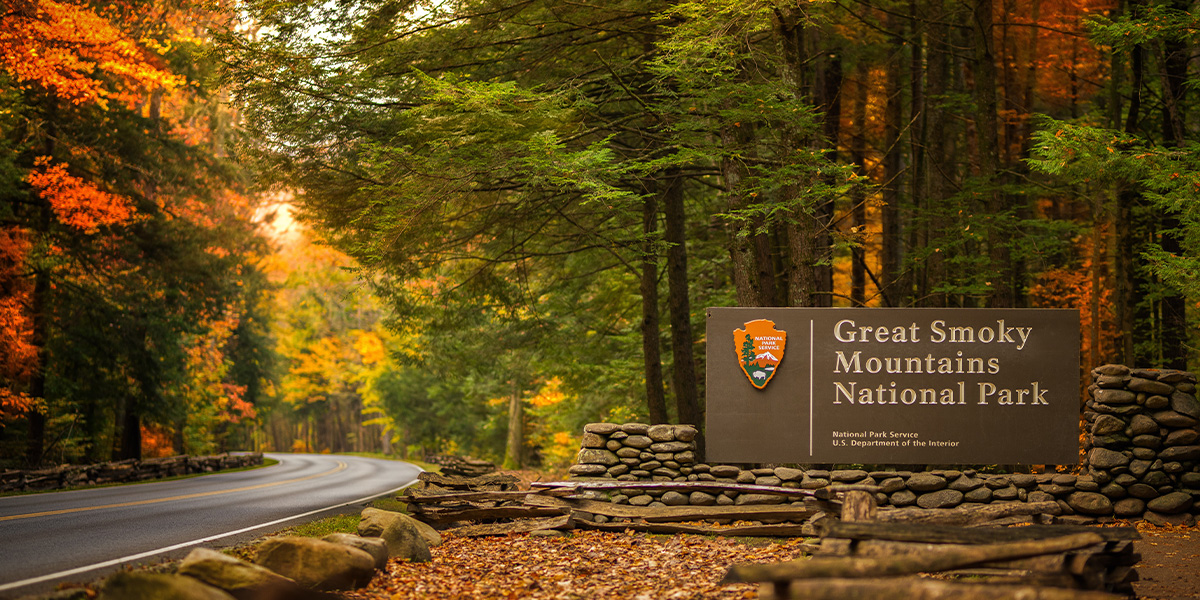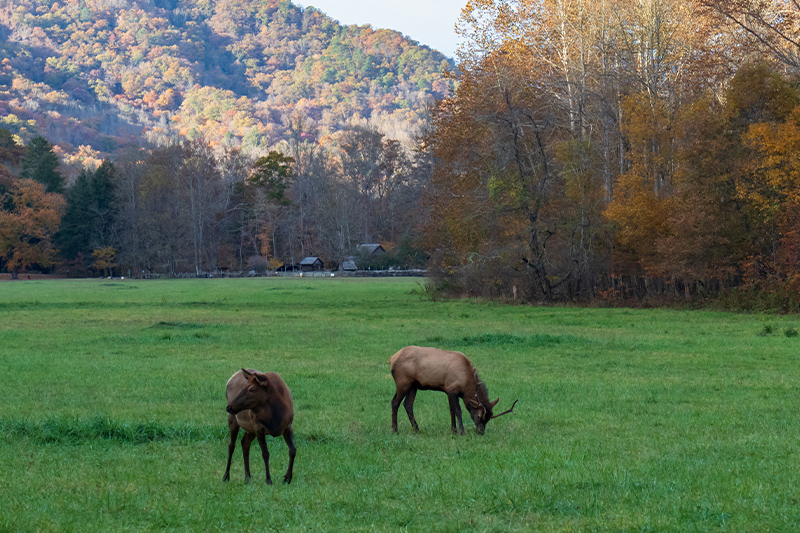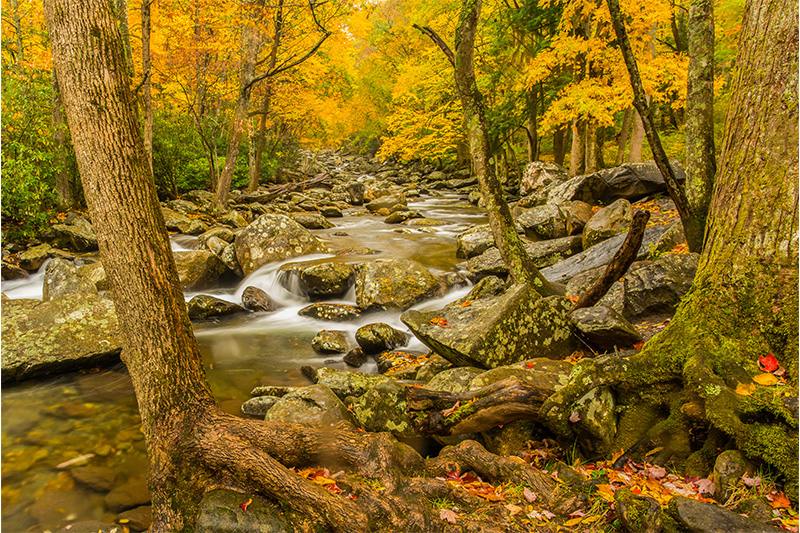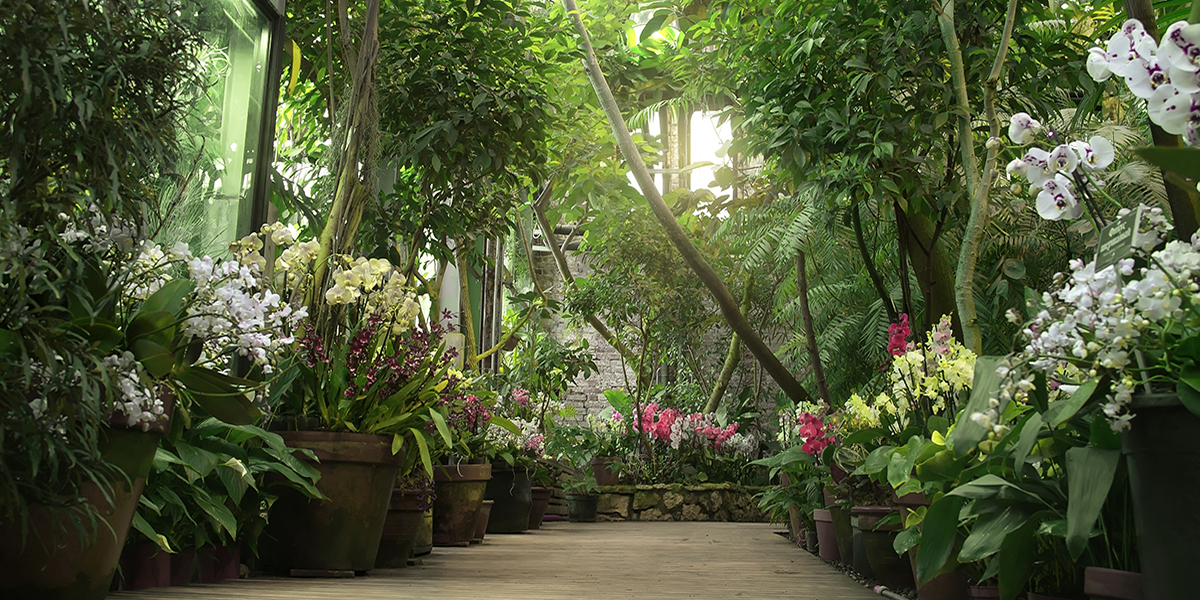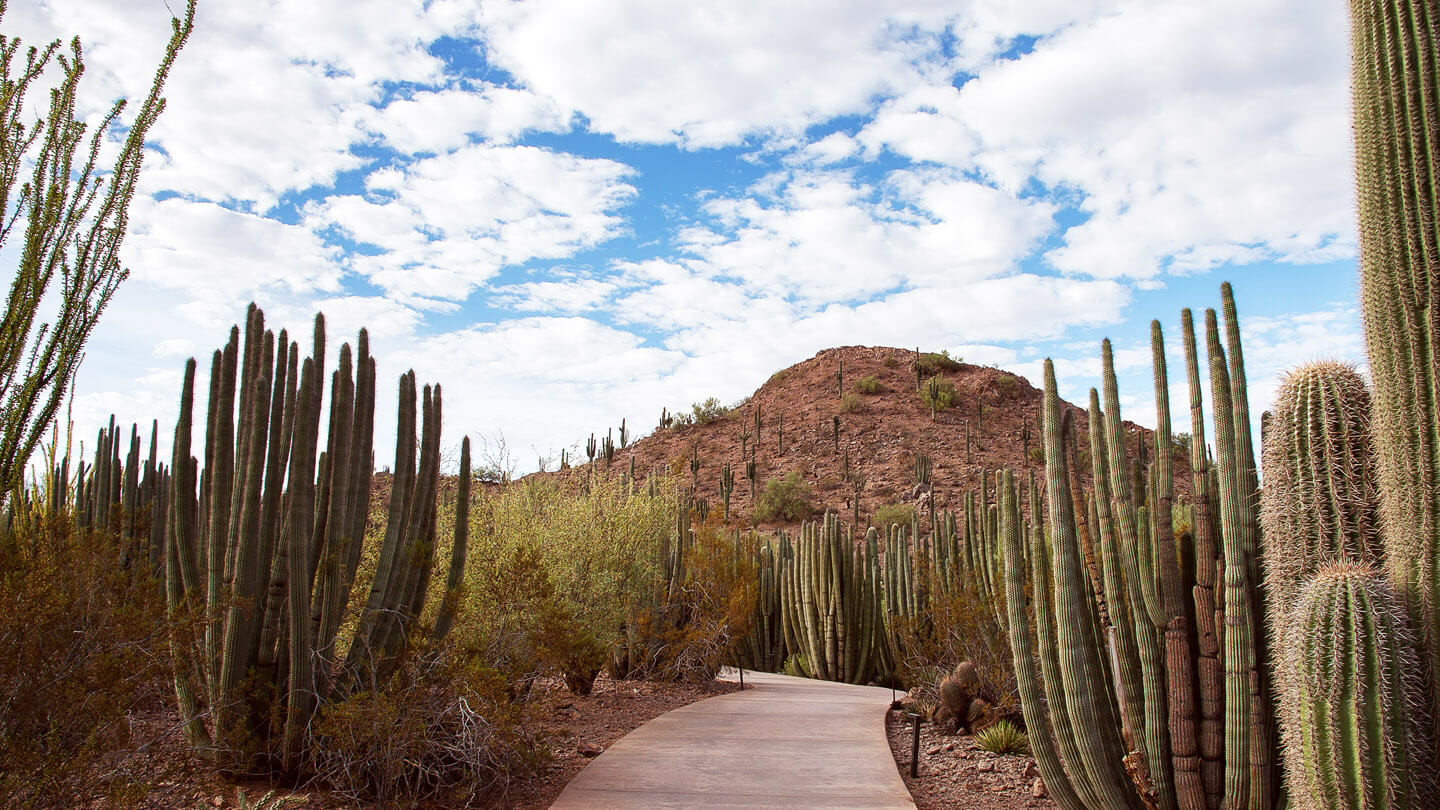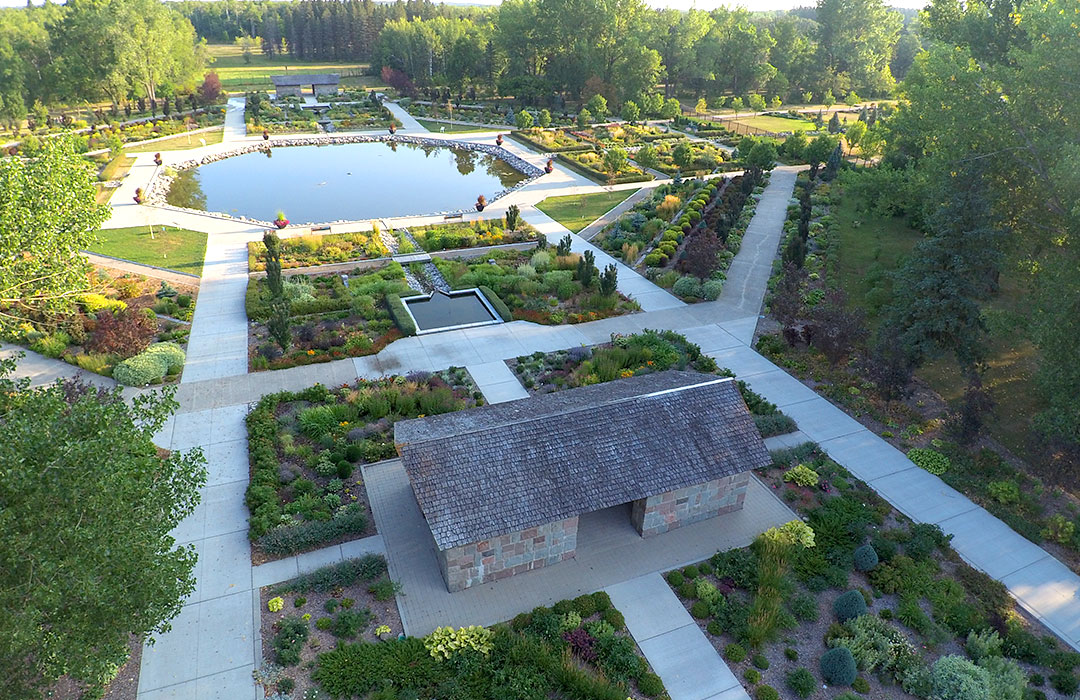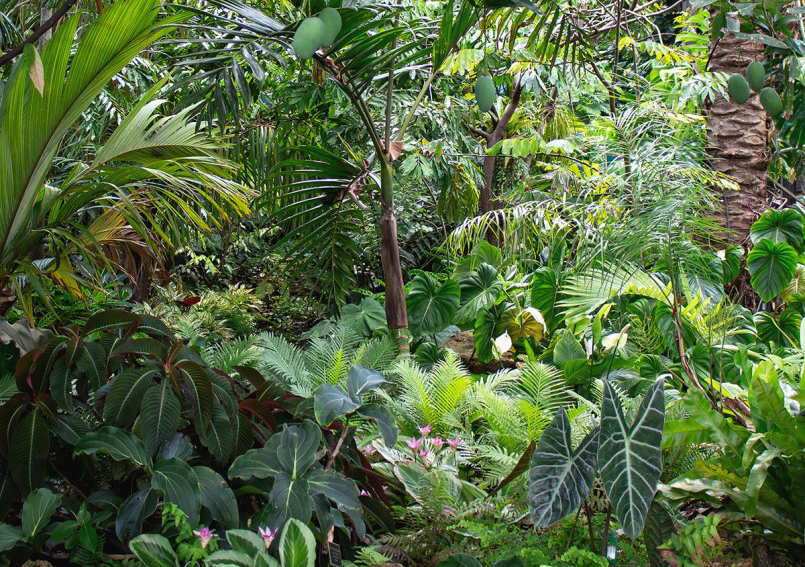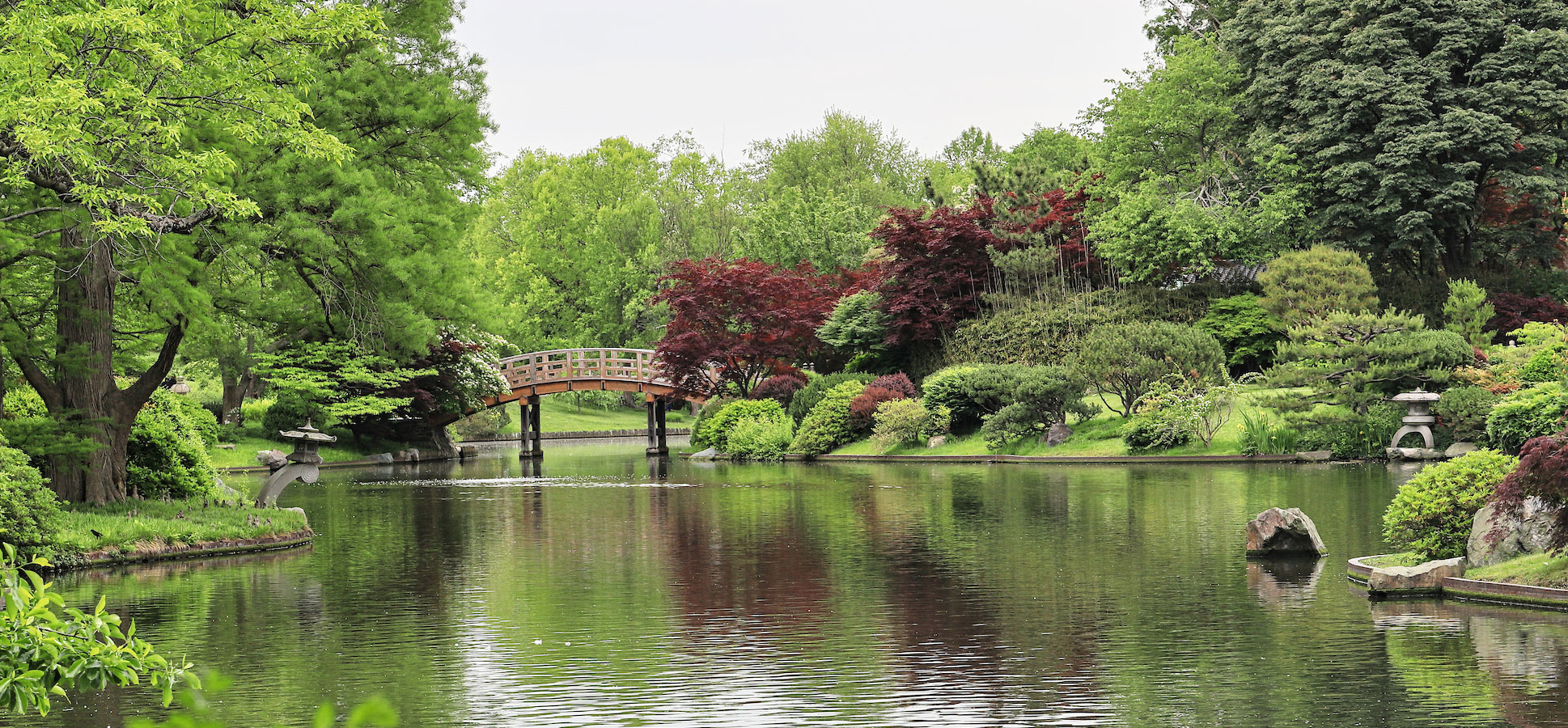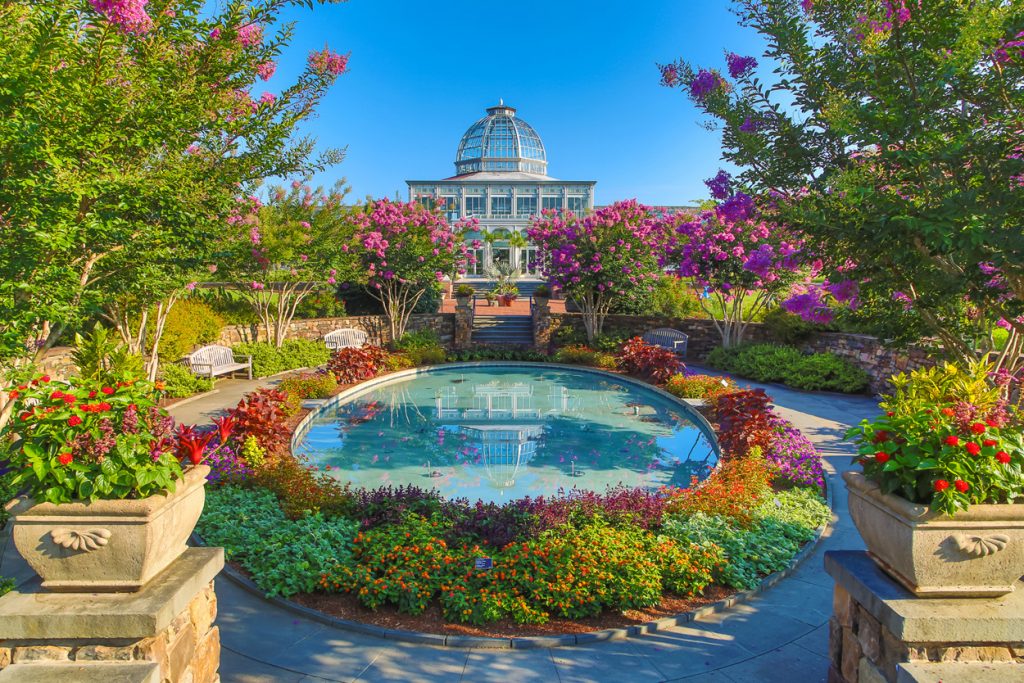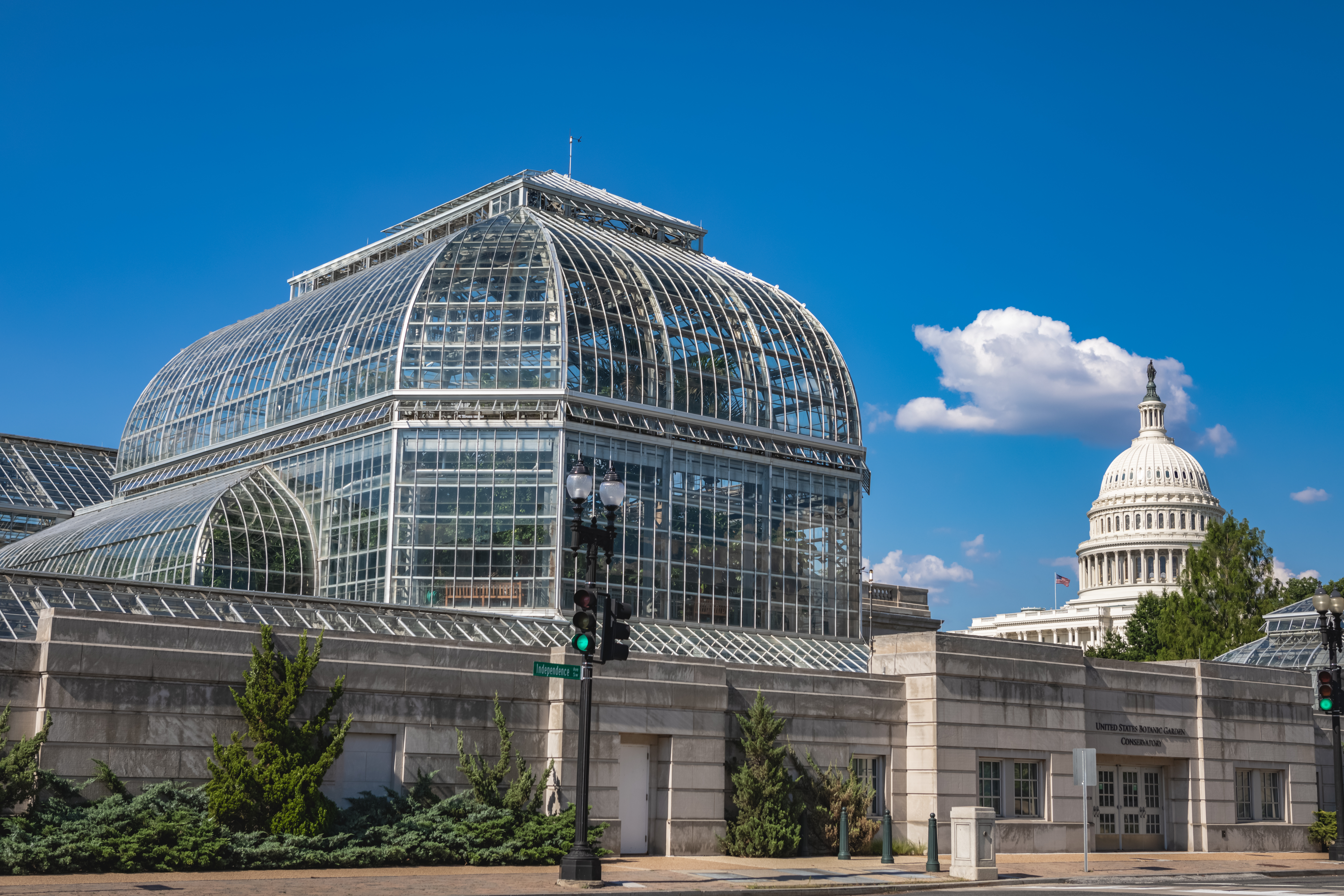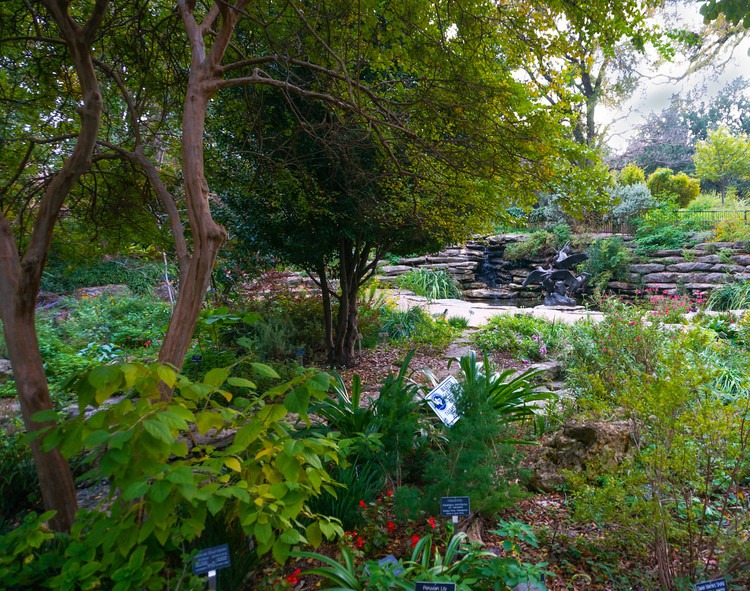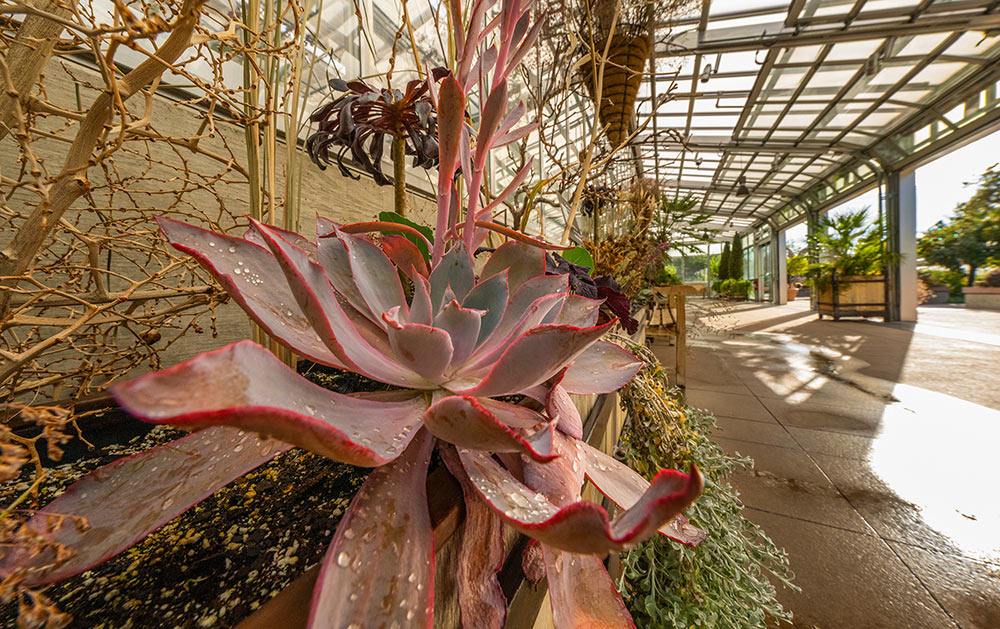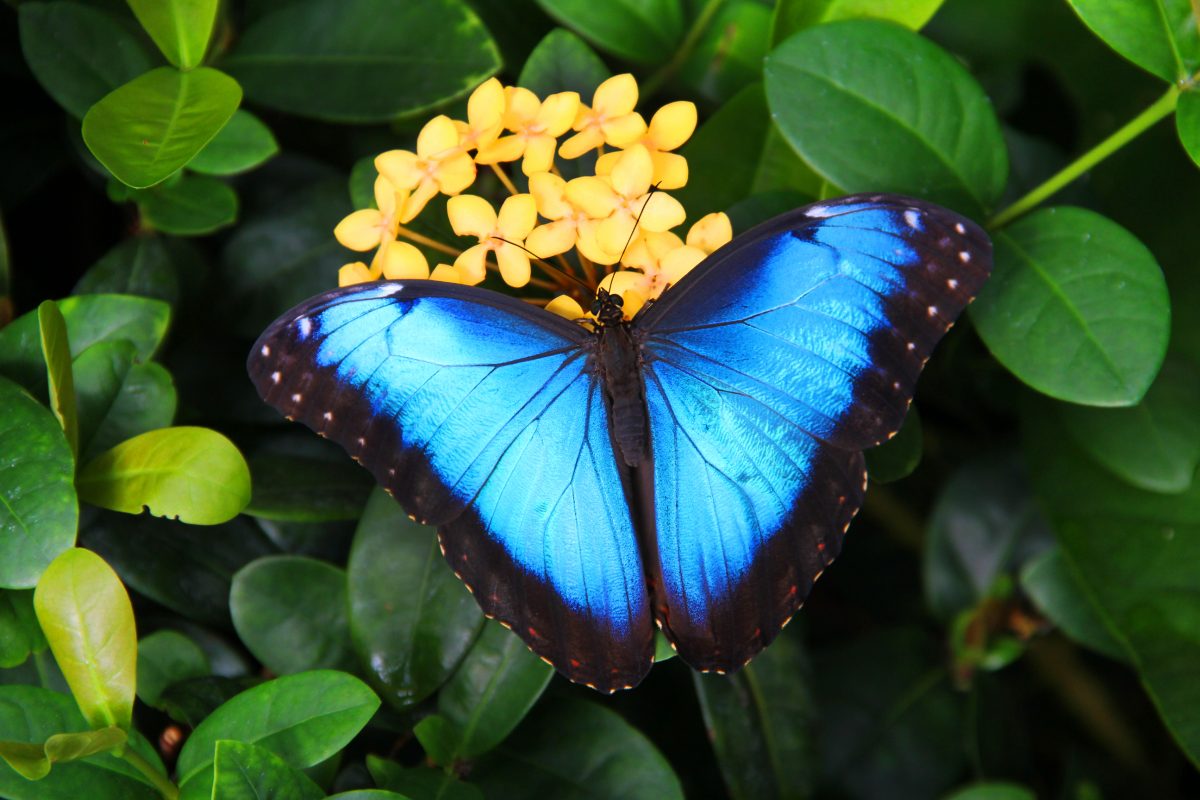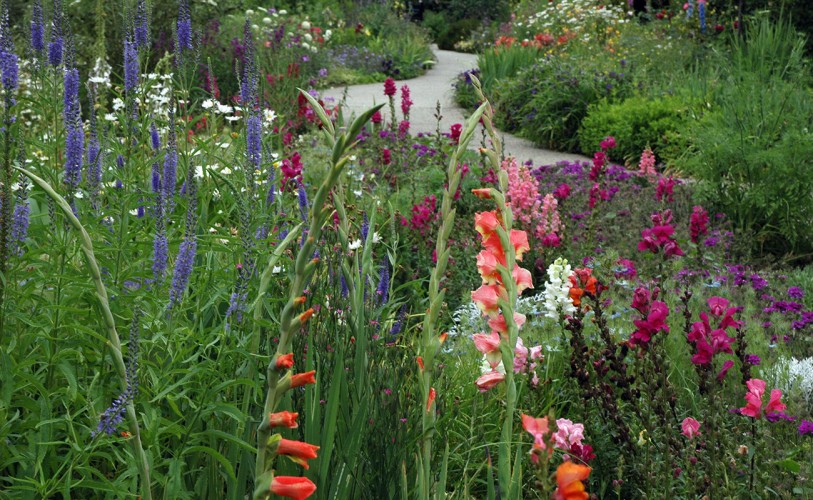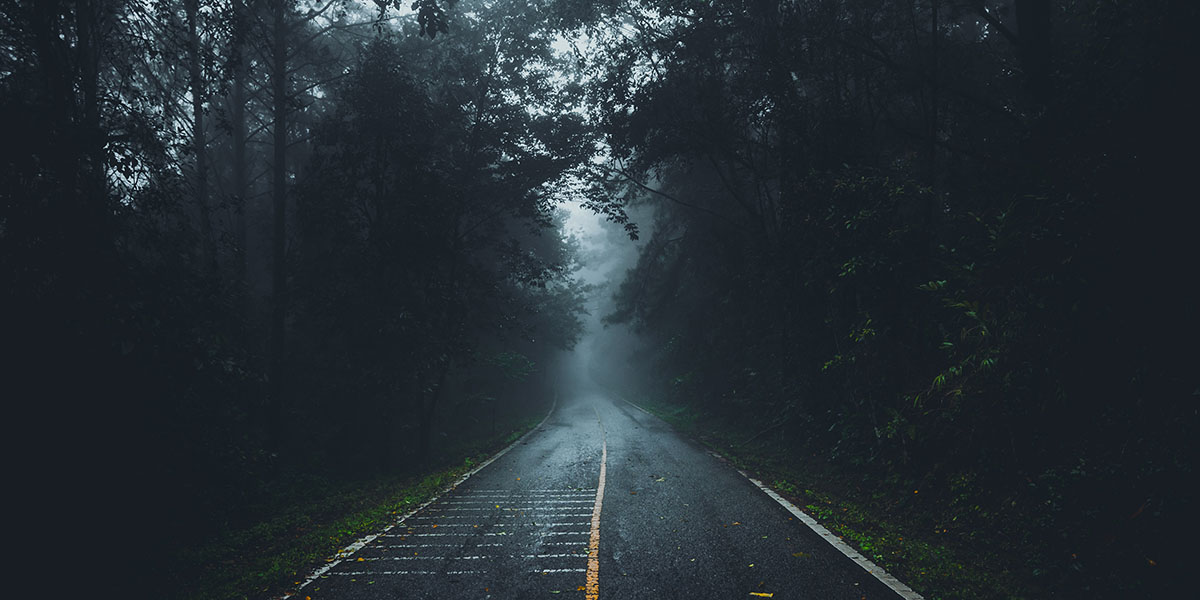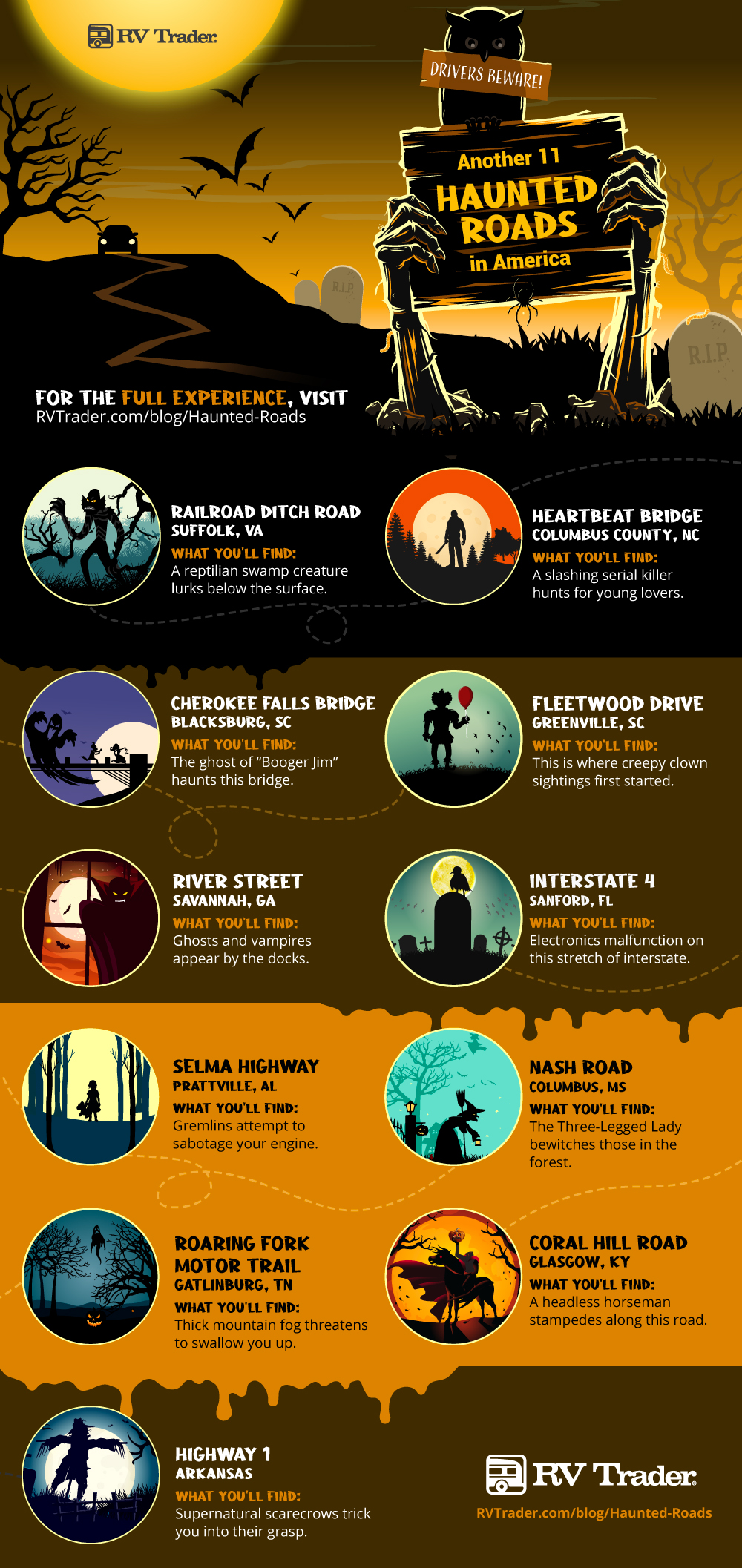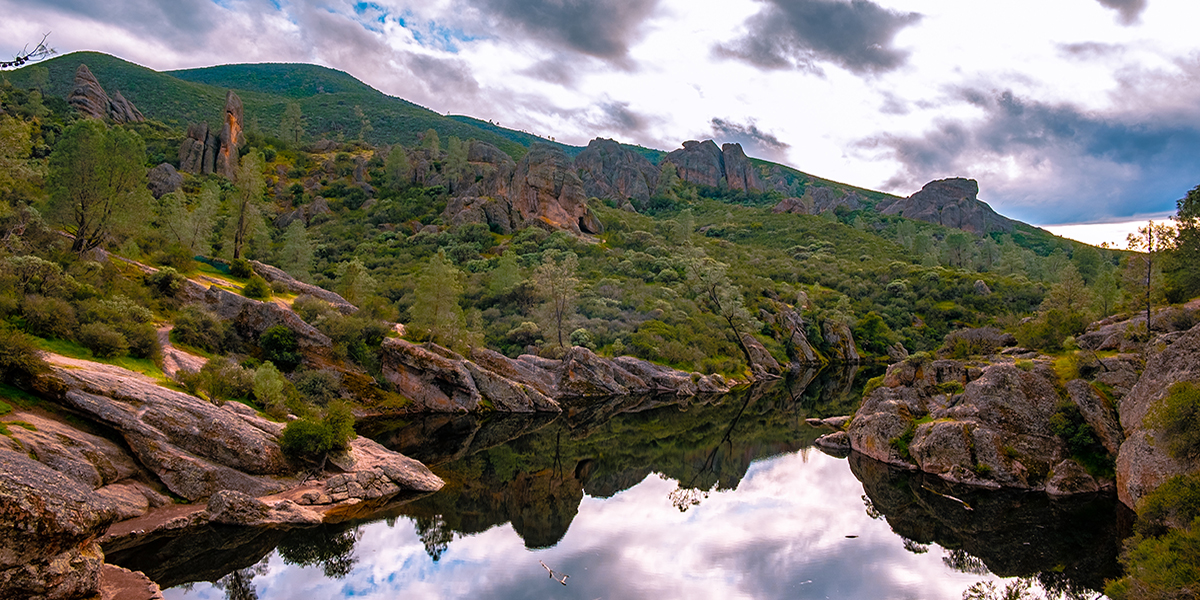After you tie the knot, the next thing you’re looking forward to is a getaway with your new spouse. Instead of spending hours in an airport, waiting to get to your destination, hit the road on your own schedule. This wedding season, turn your honeymoon into an RV adventure with RV Trader’s seven best honeymoon road trip destinations.
1. Santa Barbara, California
For a West Coast adventure, travel down California’s beautiful coastline along the Pacific Coast Highway. This 600-mile highway offers mountain and beach views, from San Francisco to San Diego.
If you don’t want to complete the whole trip, make seaside Santa Barbara your honeymoon home base. Known as “The American Riviera,” Santa Barbara has everything you need for a romantic getaway, including fine wine and upscale meals overlooking the ocean. Santa Barbara is also less than an hour away from day-trip destinations, such as Solvang, a slice of Denmark in California, and Ojai, a charming city known for its spas and local art galleries.
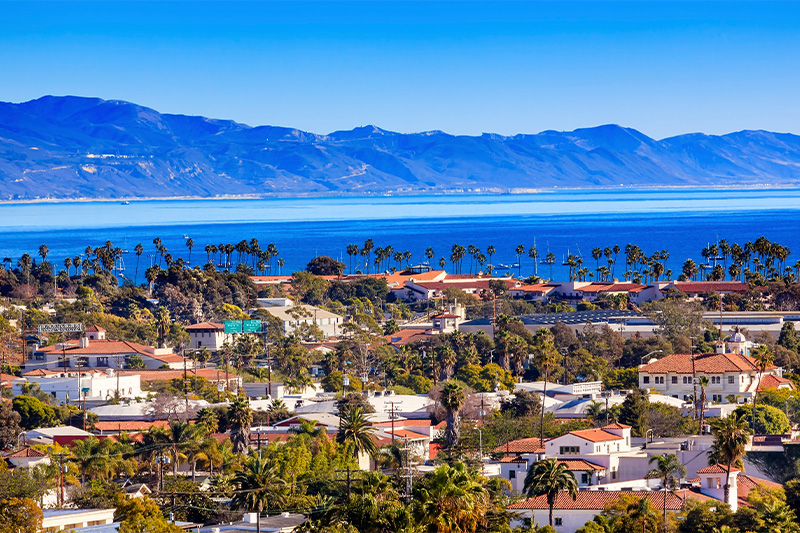
2. Key West, Florida
Cruise across the “Highway that Goes to Sea” when you road trip to the Florida Keys. The Overseas Highway crosses Florida’s mainland to Key Largo, Key West, and other islands. As you travel along the many bridges connecting the keys, take in the picturesque views of the Atlantic Ocean, Florida Bay, and Gulf of Mexico from the large windshield and windows of your Class A motorhome.
Spend your honeymoon at the southernmost point in the continental U.S., Key West. Key West has no shortage of luxurious resorts, if you want a break from your RV. You can also go snorkeling with your new spouse and take in the world-famous sunset from Mallory Square.
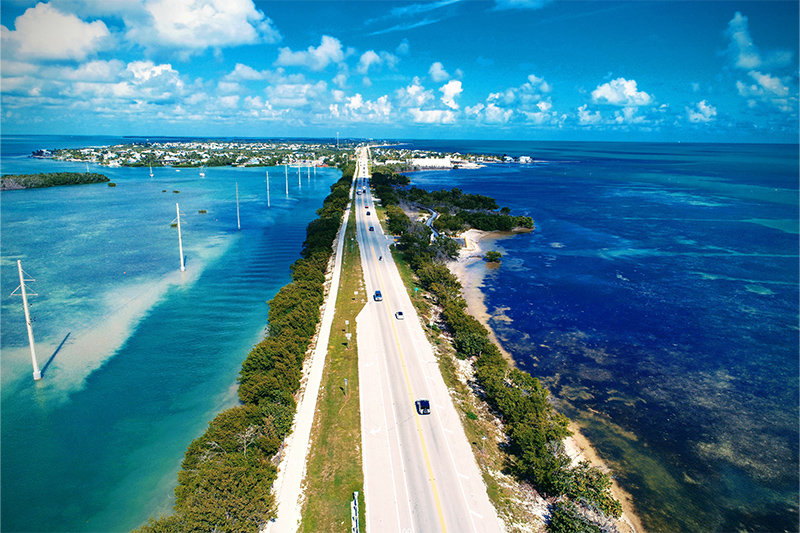
3. New Orleans, Louisiana
The Great River Road is a scenic and historic route that spans 3,000 miles, from Minnesota to the tip of southern Louisiana. The green pilot’s wheel road signs will guide you across 10 states, as you make pit stops in state parks, riverside communities, and lively cities.
One of the most popular destinations on the Great River Road is The Big Easy, New Orleans. Opportunities for romance are around every corner in historic New Orleans, from the restaurants dishing out Creole and Cajun cuisine to horse-drawn carriage rides and evening strolls through the French Quarter. Let the live music on Frenchmen Street be the soundtrack to your honeymoon.
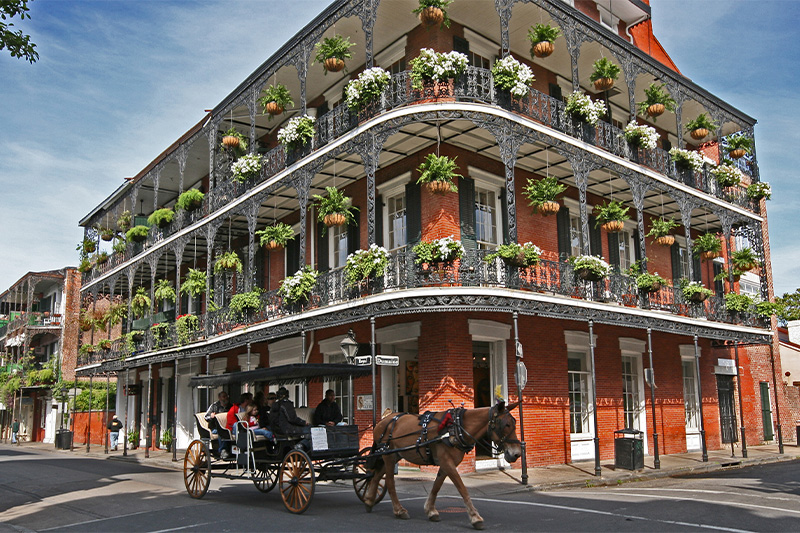
4. Santa Fe, New Mexico
Ranked on Cosmopolitan’s “The 13 Best Places to go on your Honeymoon in the Good Ol’ USA,” Santa Fe is an excellent getaway for couples. This southwestern city has a number of spas with tranquil treatments for two, complemented by pleasant panoramas. Enjoy the crisp mountain air and red-hued scenery from a local vineyard, Native American historic site, or open-air Spanish market.
Santa Fe is located near several scenic roads, including The High Road to Taos, Turquoise Trail, and Route 66. Of course, Route 66 is one of the most-popular scenic highways in the country. If you don’t do the full tour from Chicago to Los Angeles, you can still experience Puebloan culture, prairie vistas, and mountain ranges around Santa Fe.
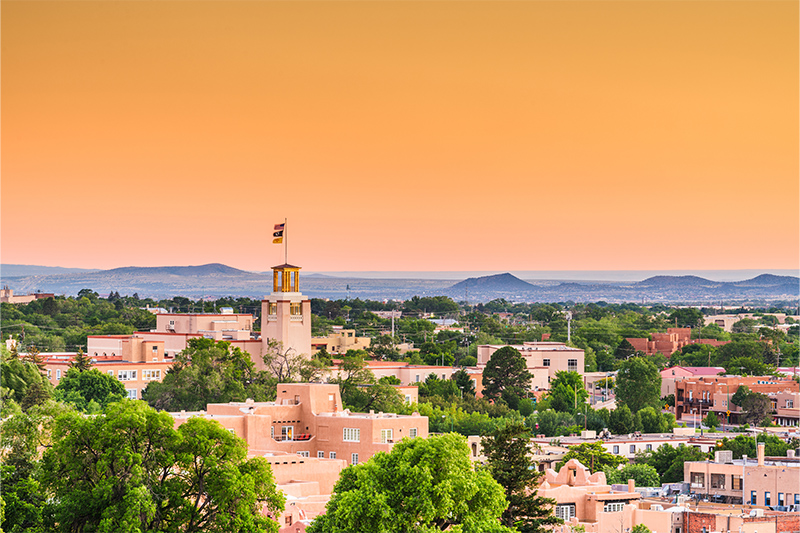
5. Asheville, North Carolina
The Blue Ridge Parkway is known as “America’s Favorite Drive,” running 469 miles from Virginia’s Shenandoah National Park to Great Smoky Mountains National Park in North Carolina. Along the Parkway are plenty of opportunities to take a break from the road and go for a hike or enjoy the panoramic views on a scenic overlook.
Asheville is a cozy mountain getaway at the southern end of the Blue Ridge Parkway. Toast to your happily ever after at one of Asheville’s downtown breweries, many within walking distance so you can leave your motorhome or tow vehicle at the campground. Asheville is also a great honeymoon destination for thrill-seeking couples interested in mountain biking, ziplining, and hiking to waterfalls.
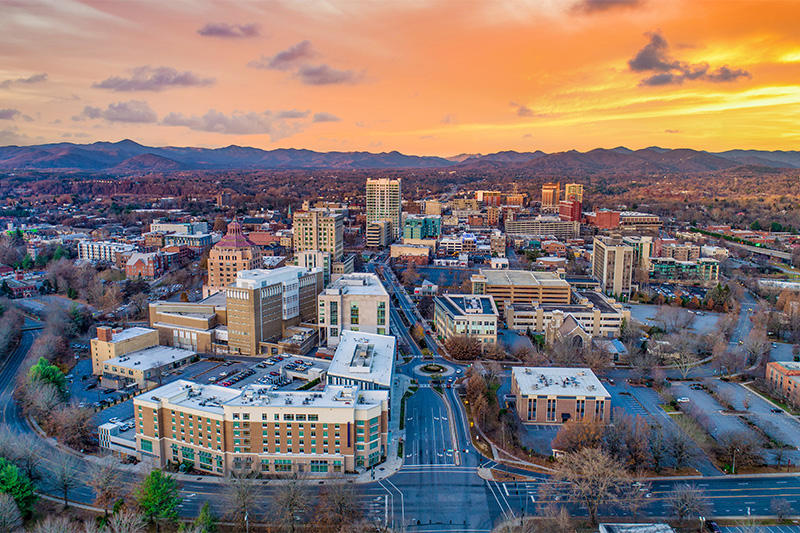
6. Newport, Rhode Island
Planning a honeymoon to the northeast? Set your sights on Rhode Island’s coastline. Savor succulent seafood at a romantic restaurant or a classic New England lobster shack when you travel to the City by the Sea. Spend a night away from your travel trailer and book a stay at The Chanler at Cliff Walk, named one of America’s Most Romantic Hotels by Condé Nast Traveler.
While in Newport, make your way down Ocean Drive, a 10-mile tour of the coast. Along the way, view some of Newport’s Gilded age mansions, explore a local state park, or spend some time at Gooseberry Beach.
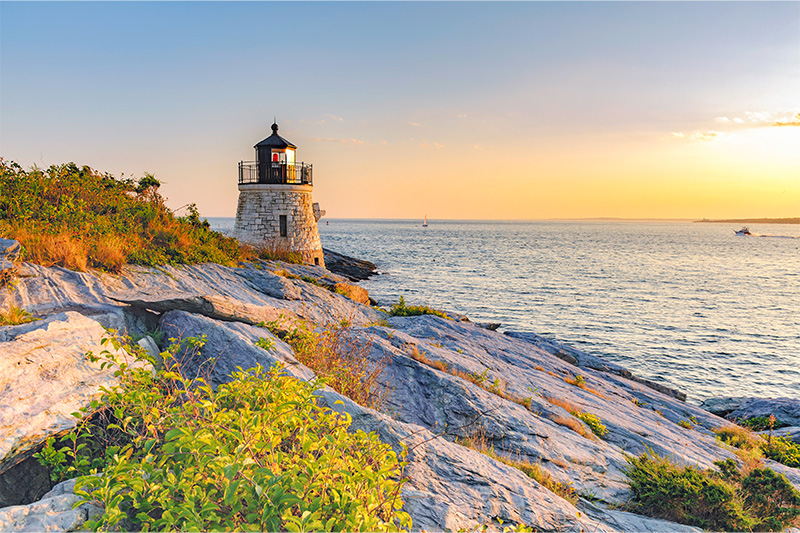
7. Willamette Valley, Oregon
Oregon’s Willamette Valley is a destination for newlyweds who love to wine and dine. Wash down your farm-to-table meal with a vintage from a nearby vineyard. Finish every meal with a homemade chocolate from a chocolatier located within the valley. Before you indulge, satisfy your appetite for adventure by hiking, biking, or kayaking.
Willamette Valley encompasses Albany, Corvallis, Eugene, Mt. Hood, Salem, Newberg, McMinnville, and West Cascades. Navigate around the valley via the McKenzie River Scenic Byway, Over the Rivers & Through the Woods Scenic Byway, and Marys Peak to Pacific Scenic Byway. These courses will guide you along rushing rivers, fragrant fir forests, and the Cascade Mountains.
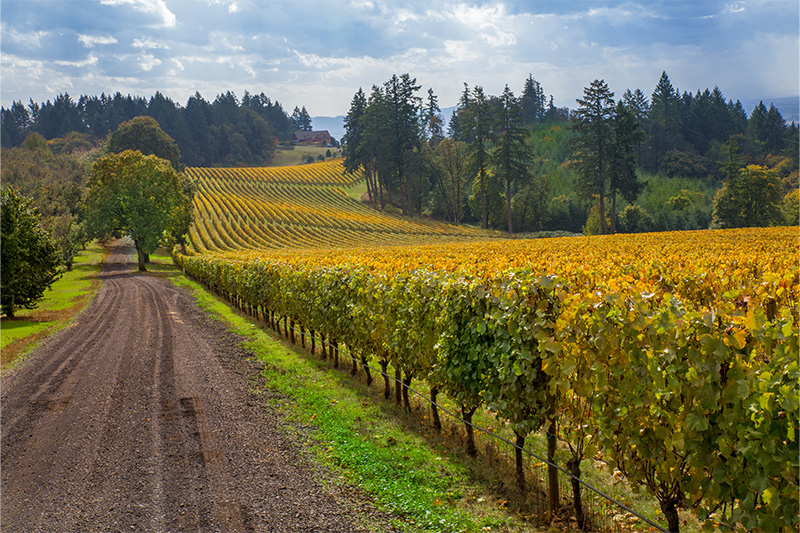
An RV adventure is a fun way to celebrate your nuptials and kick off a long and happy life with your loved one. As they say, “getting there is half the fun,” and these honeymoon road trip destinations offer plenty of opportunities for romance, relaxation, and excitement.
When you’re ready to start planning your honeymoon road trip, head to RV Trader’s Summer Destinations Resource Page for more summer travel locations to help you find your perfect getaway. And, if you’re searching for a honeymoon-ready rig, browse the nationwide inventory of new and used RVs for sale on RVTrader.com.

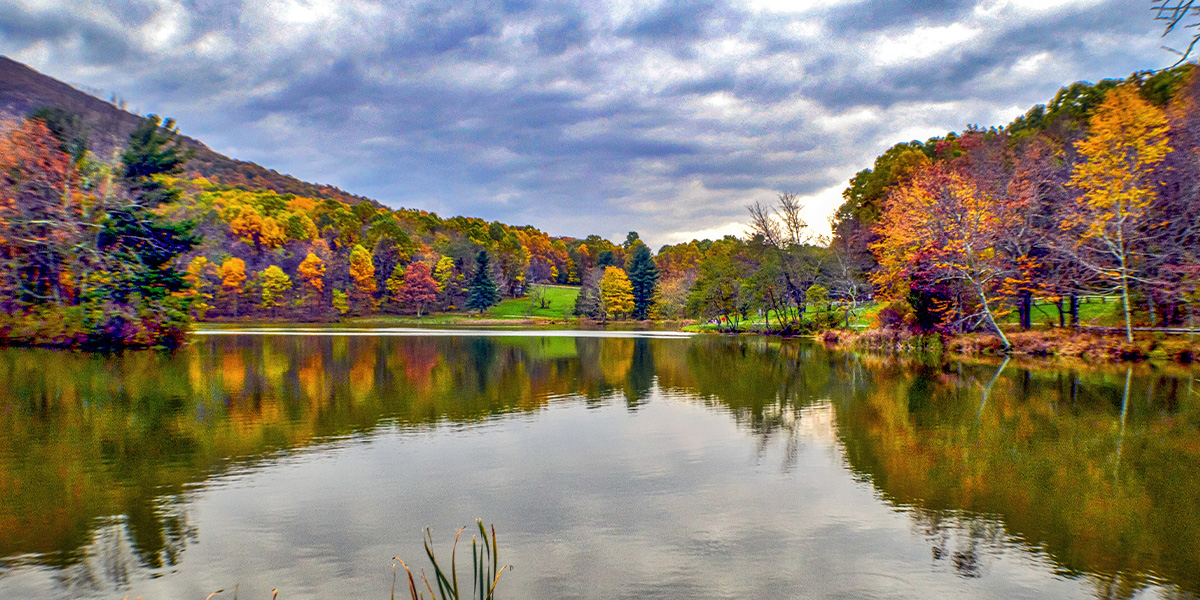
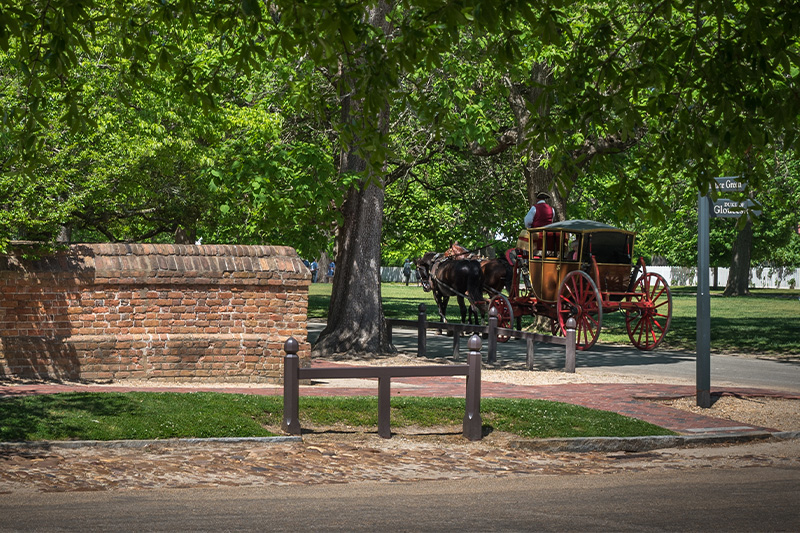
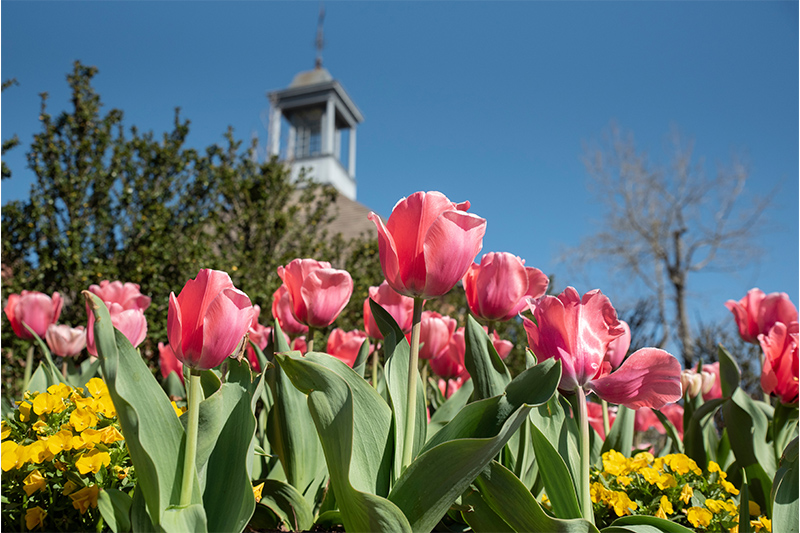
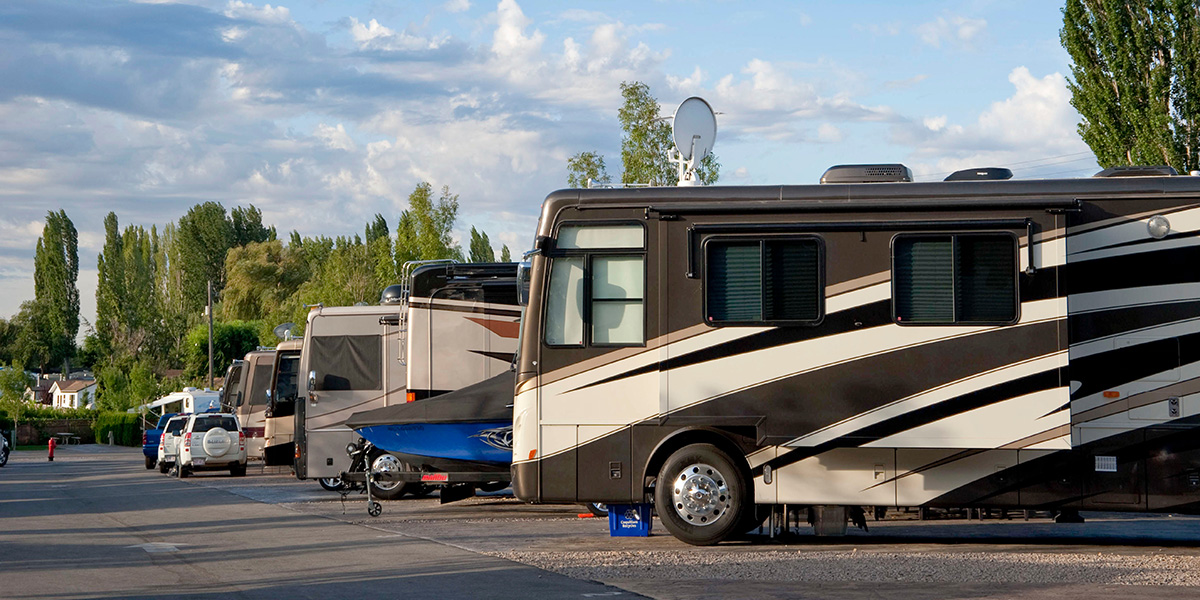
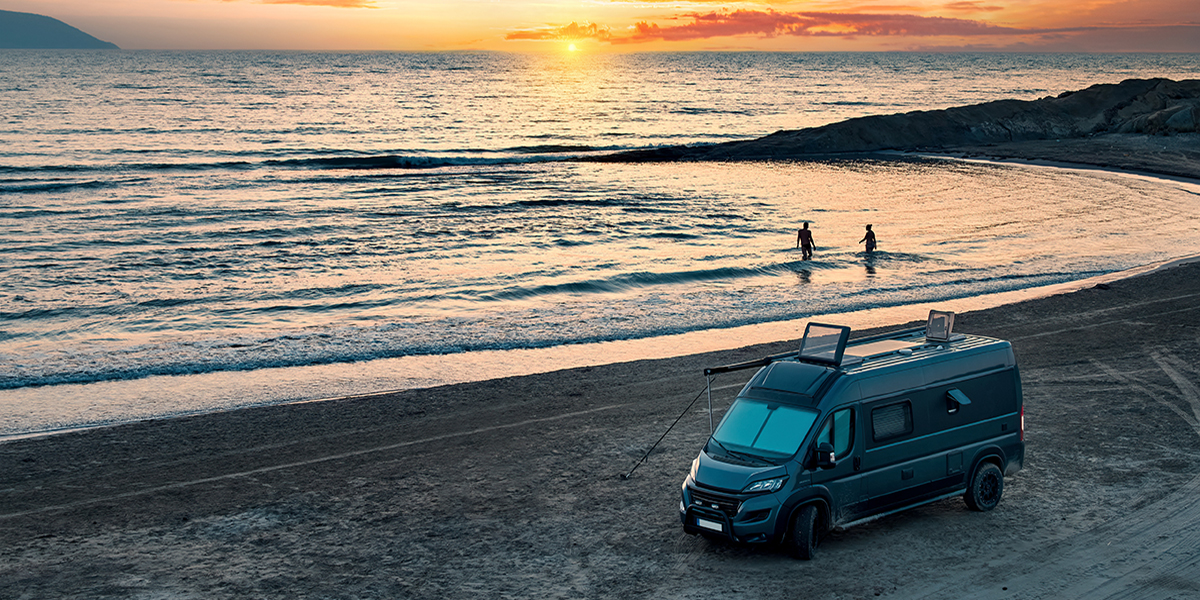
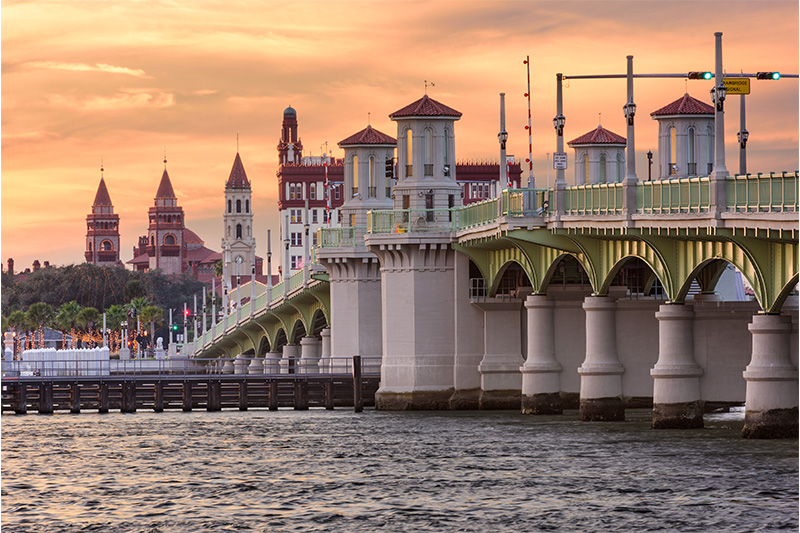
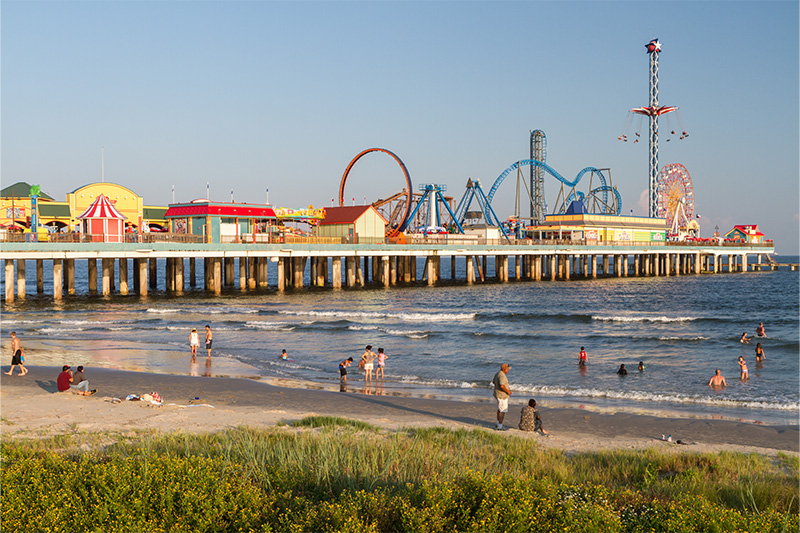
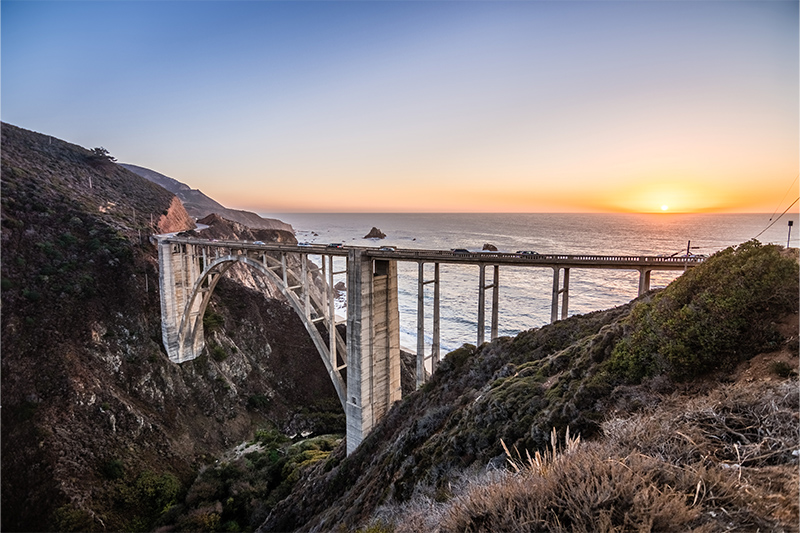
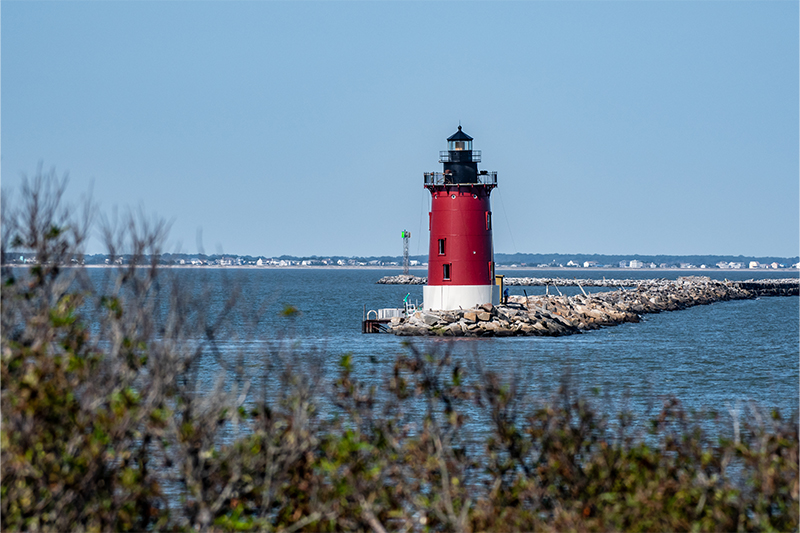
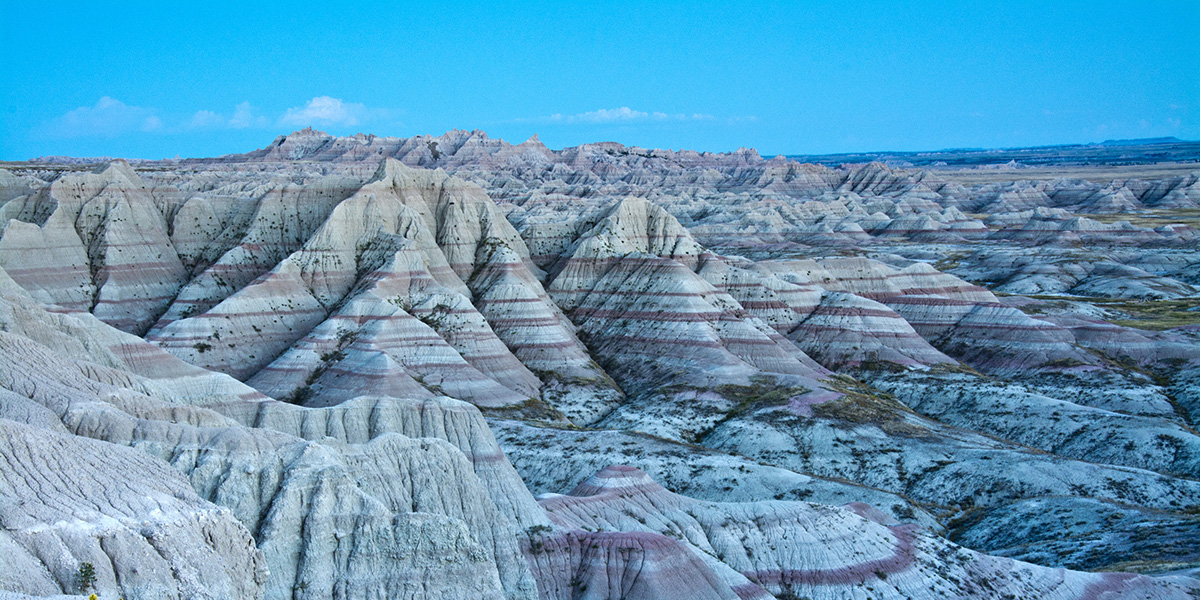
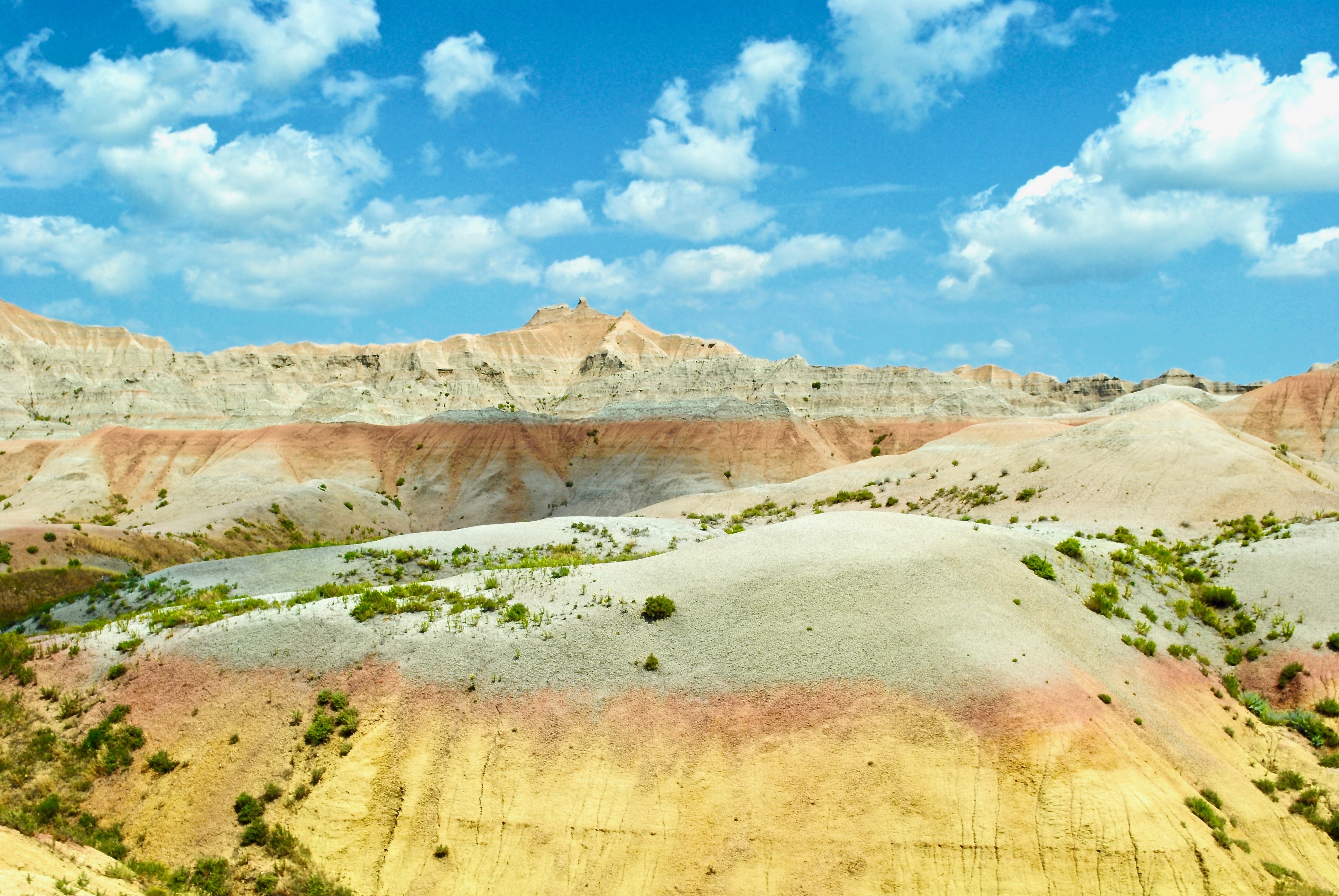
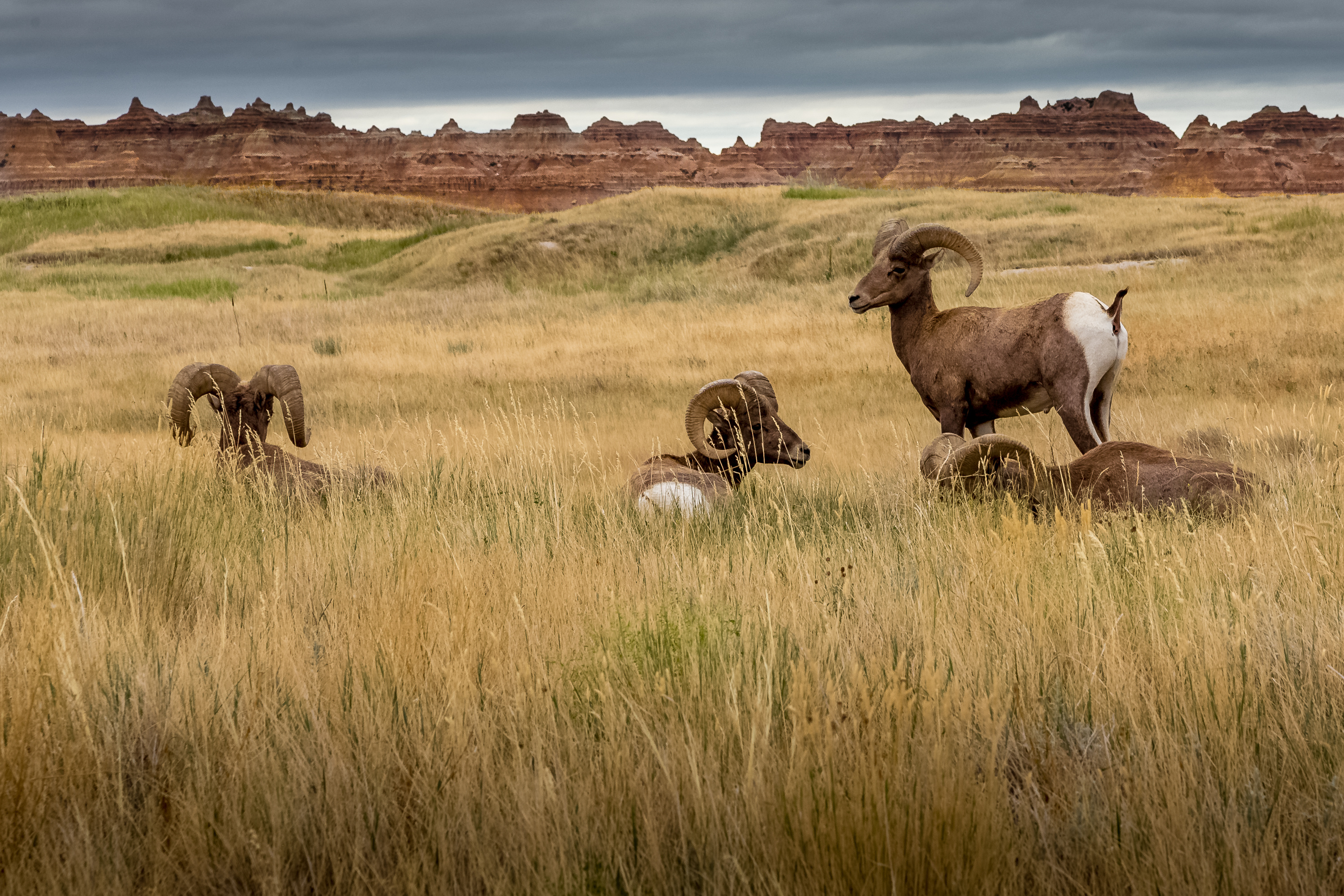
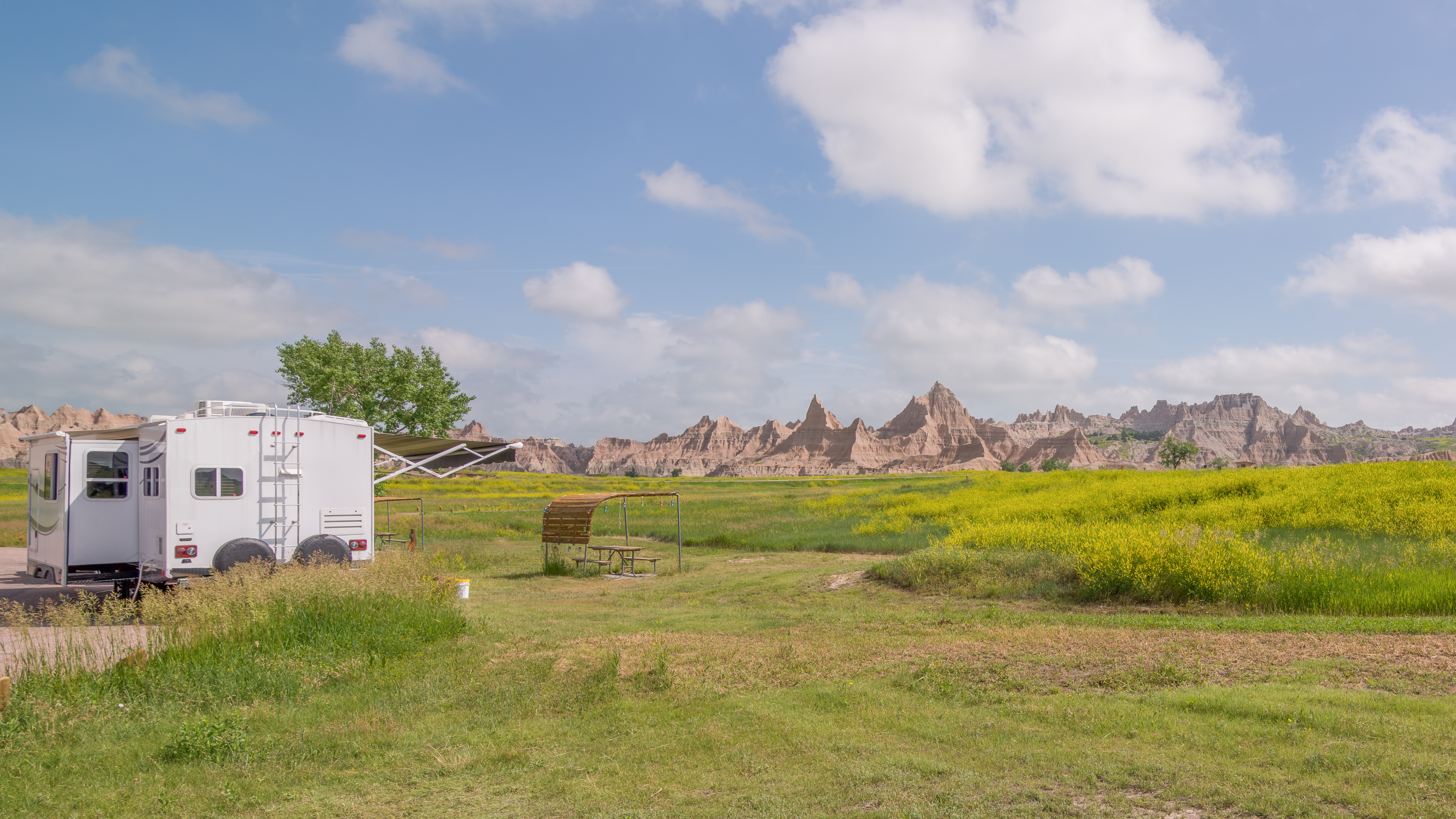
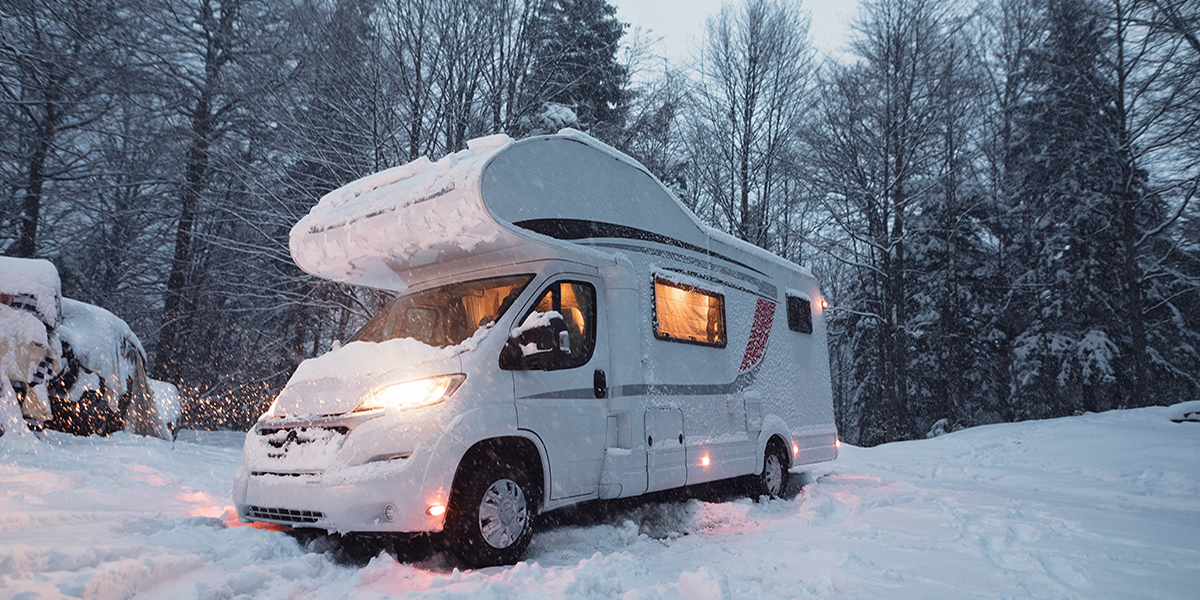
 FMCA
FMCA